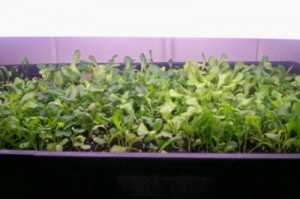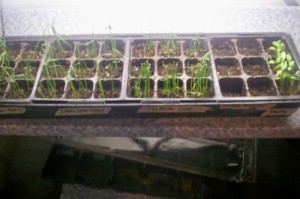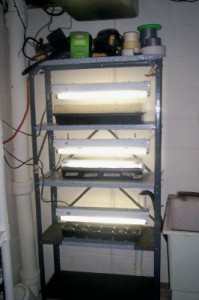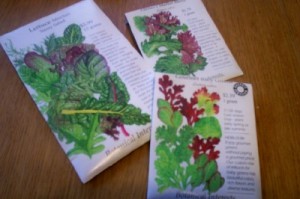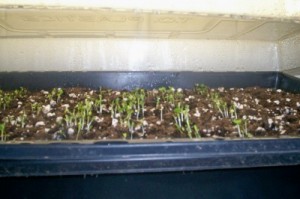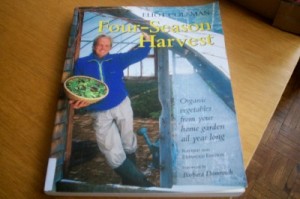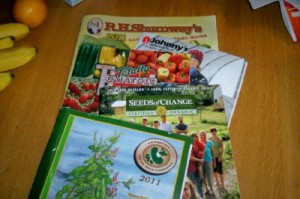Seed Starting Alert
Well, there’s no artichokes for me this year. I’m not sure what I did wrong in starting the seeds, I’ll need to do more research on them. I dug them out yesterday, and the seeds look the same as when they went in- nothing going on. They may need warmer temperatures to germinate, or they need to be scarified, because they have one hard shell!
Anyway, yesterday I started all the pepper seeds. I’m not starting any pepper seeds for anyone this year, yet I filled 18 little cells with pepper seeds- 13 of them with hot peppers. I wasn’t as sparing with them this year either, in most cells I planted 3 or 4 peppers, thinking that then I can cull them to the healthiest seedlings. But I want to ensure that I have at least one seedling from each pepper. Here is my list of hot peppers:
- Hungarian Hot Wax
- Black Hungarian
- Chile De Comida
- Cascabella
- Aji Cristal
- Georgia Flame
- Hinkelhatz
- Maule’s Red Hot
- Joe’s Round
- Bulgarian Carrot
- Serrano
- Anaheim
Many of those are small peppers- intended for the pickle pot. I love pickled peppers, but hate paying for them. The rest are all different varieties of hot peppers that I cannot wait to use in salsa. One of them is specifically a great one for drying and using as crushed red pepper- I think that’s the Georgia Flame. This is my last year for the Chile De Comida, as I’ve had poor germination from it, and most of the rest are new to me this year. I can’t wait! I’ll also have a few jalapeno plants coming from Minnesota.
For sweet peppers, two of them are varieties Zander wants to grow- those are the first two, the rest are pretty basic, just some bells and some minis.
- Red Mercury
- Yellow Belle
- Sweet Red Stuffing Pepper
- Sweet Yellow Stuffing Pepper
- ACE Bell Pepper
The sweet peppers I plan to intersperse in the gardens wherever, while the hot peppers will have their own bed.
I also sowed a few more herb seeds yesterday. I had intended to do a couple a few weeks ago, but decided to just wait until I got out the pepper seeds. My parsley is doing well, and I actually potted that up yesterday too. In addition to the parsley, I have these herbs now sown, and I am hopeful for good results.
- Lovage
- Marjoram
- Thyme
- Summer Savory
- Sweet Basil
- Genovese Basil
My lettuces are still growing like gangbusters, and I’ve harvested from the patch once already. I added some thinnings to a salad we were having for dinner, but from the looks of things, it looks like I’m going to need to do some more harvesting quick, as the patch is bursting at the seems.
I’m just over a week away from starting tomato seeds. I better get that grow list finished up here!

